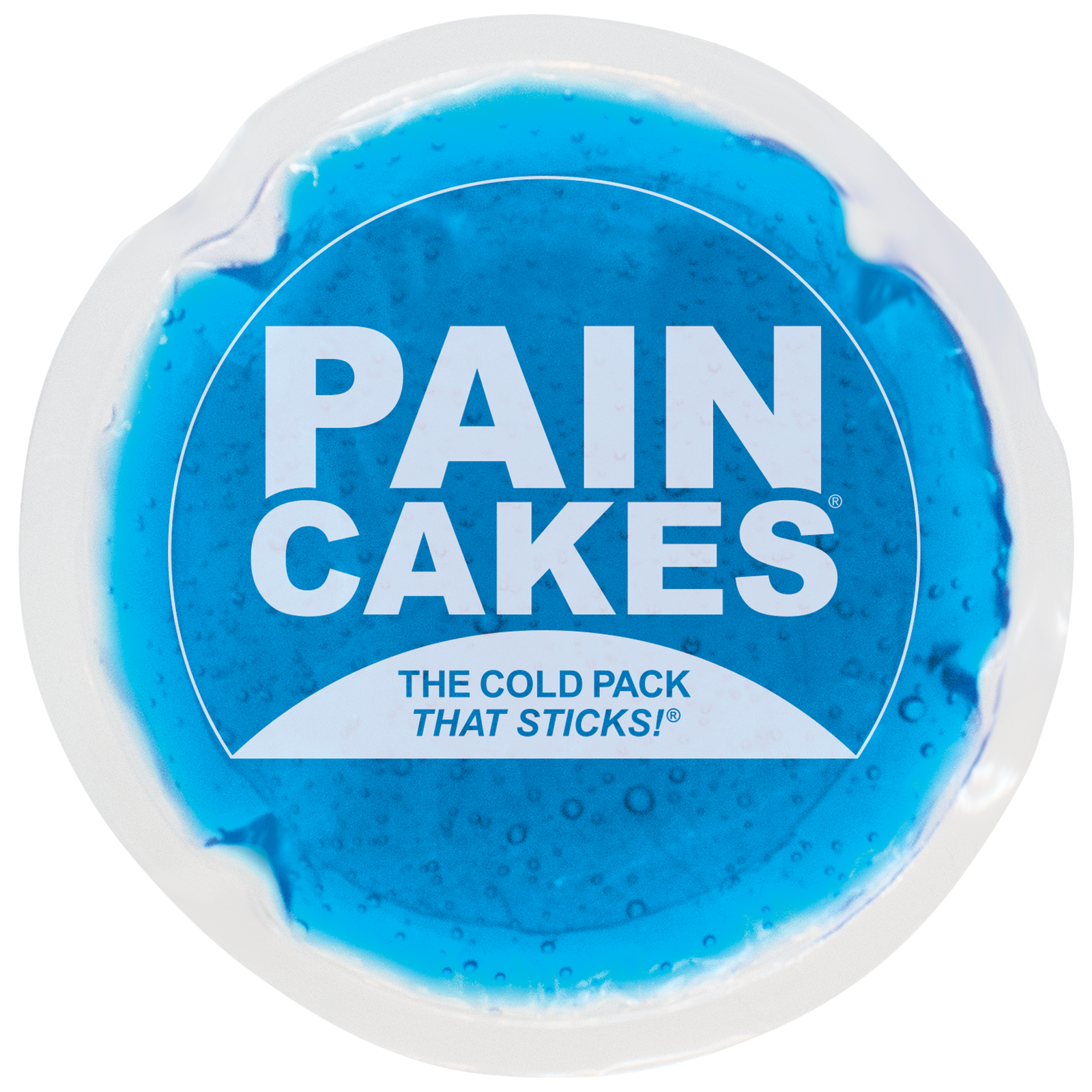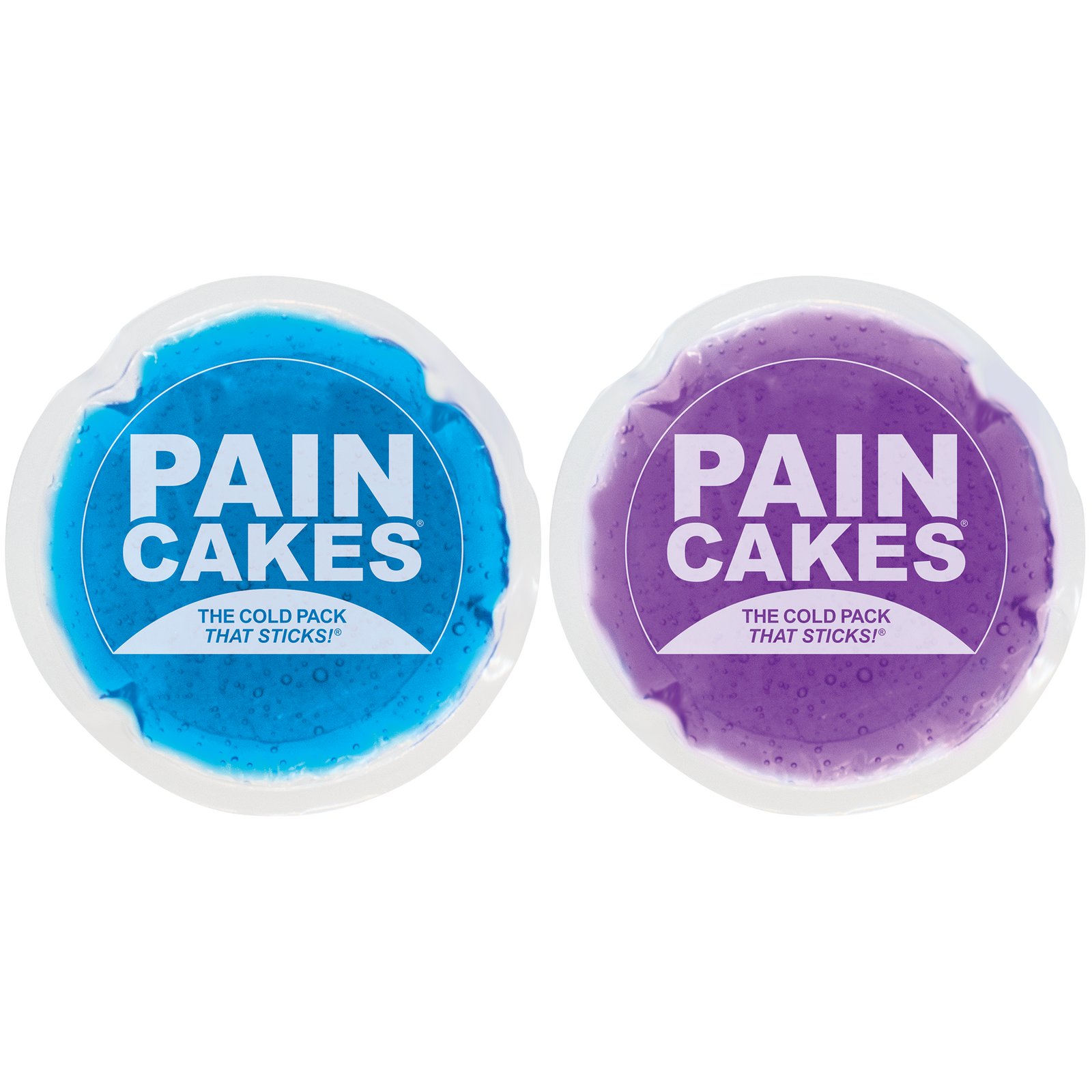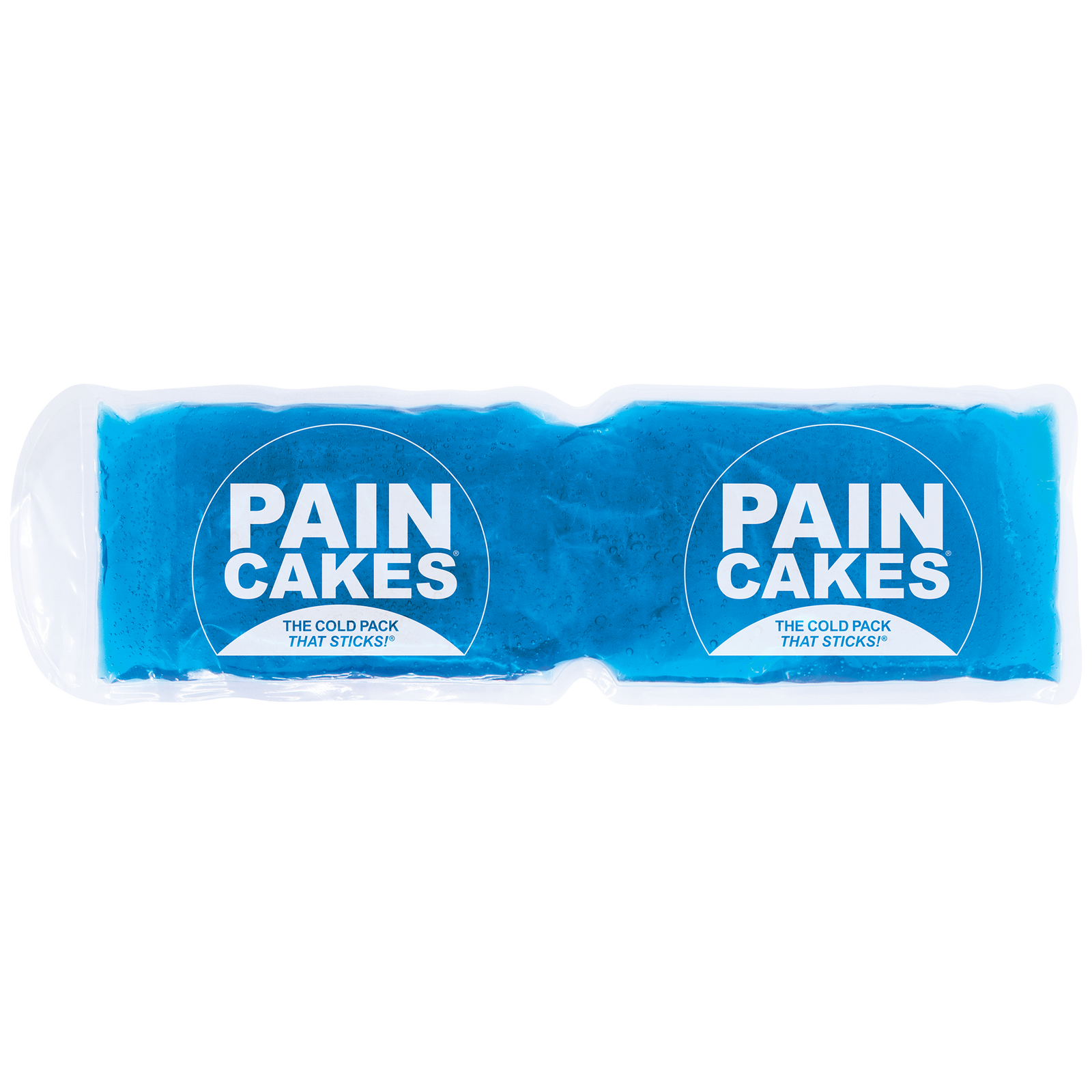Your Cart is Empty
Free Shipping on orders $100+
Free Shipping on orders $100+

Four Benefits of a Cold Compress
February 06, 2024 3 min read
For as long as we can remember, we've been told to use a cold compress when experiencing an injury. Their use dates back to 2500 BC when ancient Egyptians, Romans, and Greeks used cold temperatures as a form of therapy. Ever since, they've been a staple in our pain management and rehabilitation processes.
We use them to ease acute pain from bumps and bruises, rehabilitate chronic pain, and even relax. They're a universal solution for many conditions. Below, we highlight four benefits of cold compression therapy.
Benefits
Pain Relief
Perhaps the most common use of cold therapy is for pain relief. A rapid drop in skin temperature occurs when exposed to a cold temperature. This stimulates the receptors that send "coldness" to the brain and temporarily disrupt pain signals to relieve pain. Thus, pain is numbed, and its intensity is depleted.
Reduced Swelling and Inflammation
When an injury occurs, the body naturally swells up to protect the injured area. And while this has a vital part in the healing process, it's also essential to balance it out. Too much swelling can create pain and discomfort, reduce mobility and range of motion, damage tissue, and more.
Applying a cold compress is beneficial to reduce swelling and inflammation. Exposure to cold temperatures causes blood vessels to constrict, which reduces inflammation and swelling. And if you're bleeding, it can slow minor bleeding from small cuts.
The reduced swelling and inflammation reduce pain, improve mobility and function, prevent tissue damage, decrease the risk of infection, and minimize scarring.
Lowered Body Temperature
Ice packs go beyond reducing pain and swelling to lowering body temperature. Placing a gel pack over your neck is an excellent method to cool off on a hot day. They're commonly used for mild fevers and during heatstroke emergencies to bring body temperatures down to an average level.
Remember not to rely solely on cold compresses for high fevers. They should be used in unison with other best practices a health professional recommends.
Soothed Skin Irritations
An excellent use for cold therapy is to ease skin irritations. The biological effects they have on our body are a key reason they help with skin irritations:
- The reduced inflammation reduces the delivery of inflammatory cells and chemicals to minimize swelling, redness, and discomfort.
- The numbness and pain relief trigger a numbing sensation to ease the feeling of irritation.
- The cooling effect calms the irritated skin to reduce the urge to scratch.
These effects make them helpful in combatting temporary pain and discomfort associated with sunburn, rashes, and allergic reactions.
What is a Cold Compress?
A cold compress is a rehabilitation method used to apply cold temperatures to an affected area. This helps to reduce pain, swelling, and inflammation. It's commonly applied to injured areas from sprains, post-surgery recovery, chronic conditions, and more.
While cold compresses come in many forms, there are two categories:
- Commercial cold packs: These are specially made items sold and distributed by various companies. They come in multiple forms, like gel packs, reusable ice packs, or instant cold packs.
- Homemade cold compresses: These are random items frozen or soaked in cold water and then wrapped around the injured area. Standard options include a bag of ice, washcloths, and frozen foods.
What does a Cold Compress do?
Exposing an injured area to a cold compress has a few effects:
- Temperature change: The initial contact with the cold temperature triggers a rapid drop in skin temperature. This activates special receptors in the skin that send signals to the brain, creating a perception of coldness.
- Vasoconstriction: The cold temperature triggers a constriction of blood vessels near the application site. This reduces blood flow, reducing swelling, numbness, and minimized bleeding.
How to Use a Cold Compress Safely and Effectively
While using a cold compress is relatively straightforward, it typically involves a few simple steps:
- Place your cold compress in a freezer for at least one hour. You want it to get as cold as the freezer will let it.
- After an hour, place a cloth over your skin and apply the cold compress over the target area for 15 to 20 minutes. This time will vary depending on your tolerance to cold temperatures.
- Remove the cold compress after 15 to 20 minutes and place it back in your freezer. b, as numbness may affect your target area's ability to move.
Conclusion
Whether you're treating a minor injury or recovering from surgery, a cold compress can significantly help reduce pain, inflammation, body temperature, or skin irritation. This simple method has been around for a long time, and studies continue to prove its effectiveness. To maximize rehabilitation, consider adding other best practices, such as moist heat therapy, stretching, and exercise.
Leave a comment
Comments will be approved before showing up.




